Details: Vanitas, 1645, By Cagnacci Guido (1601-1682).
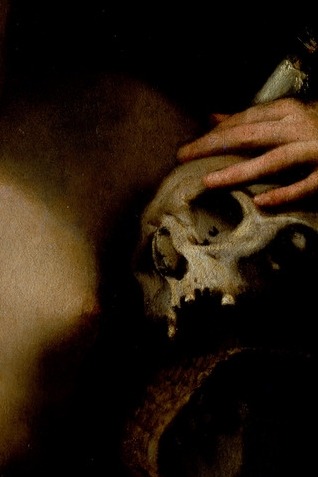

Details: Vanitas, 1645, by Cagnacci Guido (1601-1682).
More Posts from Temple-of-bullets and Others





Hannibal 1.01 "Apéritif"










Request from beinglionhearted
“… [Saint-Just] deserves our admiration. He knows … Robespierre’s life is threatened by … enemies on the Committee. Although he is Robespierre’s friend he has only to say nothing … it is likely … his reputation with the army will save him. But he is not that sort of man. His pride, if not his friendship, prevents such a betrayal. He stands up alone to protect Robespierre, and does not even say a word in his own defense.”
- Leaders of the French Revolution, J.M. Thompson
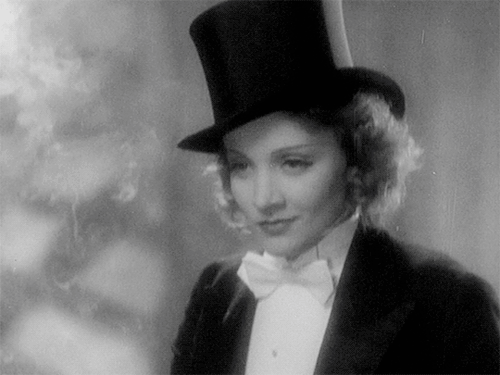
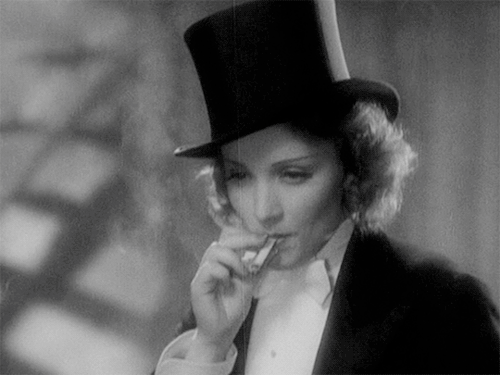
Marlene Dietrich in Morocco (1930)




Battleship Potemkin (1925, dir. Sergei M. Eisenstein)


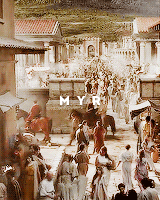






The Nine Free Cities are the daughters of Valyria that was





Lawrence of Arabia (1962) || Purgatory, canto II (Mendelbaum's translation)









Black Narcissus (Michael Powell & Emeric Pressburger, 1947)
Can you tell me more about fabric flower hair pins used in hanfu? I saw a lot of Japanese-style kanzashi in “The Empress of China”, but I couldn’t find any info of that sort of hair ornament used in Chinese history.
Hi, thanks for the question!

Yep, you’re right - the Cdrama “The Empress of China” sometimes uses Japanese-style fabric flower hairpins (see example below) that are culturally and historically inaccurate (then again, Chinese costume dramas are notorious for being loose with sartorial historical accuracy…):

So let’s now take a look at actual Chinese fabric flower hairpins:

The umbrella term for Chinese flower hair ornaments is Zan Hua/簪花 (lit. “flower hairpins”), which includes fresh flowers as well as artificial ones made from fabric, paper (Zhi Hua/纸花), beads (Zhu Hua/珠花), etc.
Traditional Chinese fabric flower hairpins used with Hanfu include (but are not limited to!):
1) Juan Hua/绢花: “Silk flowers” - flower imitations made from silk fabrics of various colors. Dates back to more than 1,700 years ago, and was the main ornament for women during the Tang Dynasty. In 2008, Beijing Juanhua was officially designated as an intangible cultural heritage of China.


2) Chan Hua/缠花: “Wrapped flowers” - using colorful silk threads to wind flower art onto fixed frames. The technique of wrapping flowers originated during the Ming dynasty and flourished in the Qing dynasty. Notable for being small, delicate, and lifelike. Has been designated as an intangible cultural heritage of China.



3) Rong Hua/绒花: "Velvet flowers” - made from fine silk on twisted wire frames. Dates back to the Qin Dynasty, and was a marker of nobility. Eventually became popular among the common people during the late Ming and early Qing dynasties, and was mainly worn during festivals and weddings. In 2006, Nanjing Ronghua was officially designated as an intangible cultural heritage of China.



For more resources, you can check out my Zanhua tag for my posts on Chinese floral hair ornaments, as well as my sub-tags for Chanhua and Ronghua.
Of course this doesn’t cover everything, but hope this helps! ^^
Sources/Images: 1, 2, 3, 4, 5, 6, 7, 8, 9, 10, 11, 12
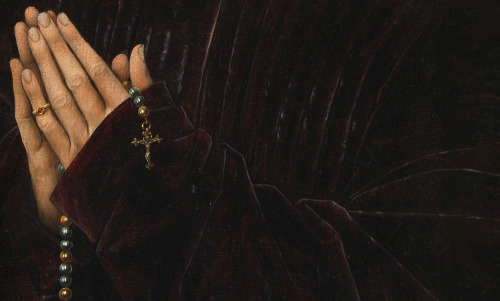
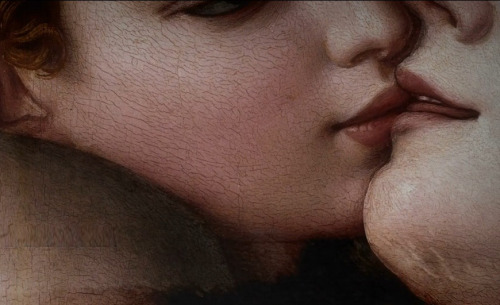
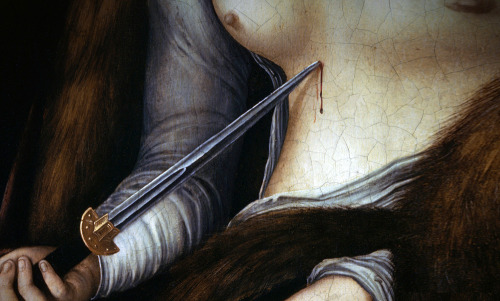
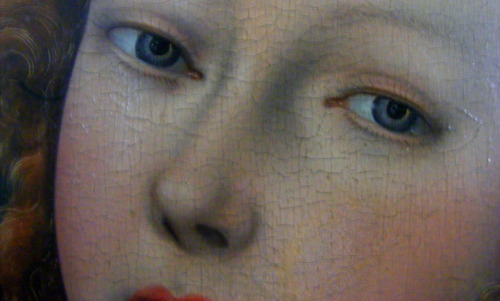

Masterpieces in detail - Sex. Power. Murder. Amen




"Creation of Adam" by Michaelangelo x Hannibal NBC episodes "Amuse-Bouche" and "Dolce"
-
 unitednationsofamoistica reblogged this · 2 weeks ago
unitednationsofamoistica reblogged this · 2 weeks ago -
 hayesforprez reblogged this · 2 weeks ago
hayesforprez reblogged this · 2 weeks ago -
 hayesforprez liked this · 2 weeks ago
hayesforprez liked this · 2 weeks ago -
 acanoeforthree liked this · 2 weeks ago
acanoeforthree liked this · 2 weeks ago -
 rewdie reblogged this · 2 weeks ago
rewdie reblogged this · 2 weeks ago -
 tiksers liked this · 2 weeks ago
tiksers liked this · 2 weeks ago -
 knightedangel liked this · 2 weeks ago
knightedangel liked this · 2 weeks ago -
 hoodoohoneywitch reblogged this · 2 weeks ago
hoodoohoneywitch reblogged this · 2 weeks ago -
 hoodoohoneywitch liked this · 2 weeks ago
hoodoohoneywitch liked this · 2 weeks ago -
 avaraketh reblogged this · 2 weeks ago
avaraketh reblogged this · 2 weeks ago -
 b-etter liked this · 2 weeks ago
b-etter liked this · 2 weeks ago -
 extremelyrottenfleshh reblogged this · 2 weeks ago
extremelyrottenfleshh reblogged this · 2 weeks ago -
 xdragulaurax liked this · 2 weeks ago
xdragulaurax liked this · 2 weeks ago -
 applexxcider reblogged this · 2 weeks ago
applexxcider reblogged this · 2 weeks ago -
 acatatonicpeace liked this · 2 weeks ago
acatatonicpeace liked this · 2 weeks ago -
 joun4loveu liked this · 2 weeks ago
joun4loveu liked this · 2 weeks ago -
 imthebigone liked this · 2 weeks ago
imthebigone liked this · 2 weeks ago -
 holyastra liked this · 2 weeks ago
holyastra liked this · 2 weeks ago -
 onlinegf reblogged this · 2 weeks ago
onlinegf reblogged this · 2 weeks ago -
 cristinakid reblogged this · 2 weeks ago
cristinakid reblogged this · 2 weeks ago -
 theunbearablelightnessofbein liked this · 2 weeks ago
theunbearablelightnessofbein liked this · 2 weeks ago -
 adifferentfeeling reblogged this · 2 weeks ago
adifferentfeeling reblogged this · 2 weeks ago -
 boobunni reblogged this · 2 weeks ago
boobunni reblogged this · 2 weeks ago -
 r0se-32 liked this · 2 weeks ago
r0se-32 liked this · 2 weeks ago -
 bert17 reblogged this · 2 weeks ago
bert17 reblogged this · 2 weeks ago -
 bert17 liked this · 2 weeks ago
bert17 liked this · 2 weeks ago -
 unitednationsofamoistica liked this · 2 weeks ago
unitednationsofamoistica liked this · 2 weeks ago -
 elpadrin0 liked this · 2 weeks ago
elpadrin0 liked this · 2 weeks ago -
 itsyaboyeric liked this · 2 weeks ago
itsyaboyeric liked this · 2 weeks ago -
 lilspookythang reblogged this · 2 weeks ago
lilspookythang reblogged this · 2 weeks ago -
 lilspookythang liked this · 2 weeks ago
lilspookythang liked this · 2 weeks ago -
 days-in-reality reblogged this · 2 weeks ago
days-in-reality reblogged this · 2 weeks ago -
 postsofoctobers reblogged this · 2 weeks ago
postsofoctobers reblogged this · 2 weeks ago -
 try5t reblogged this · 2 weeks ago
try5t reblogged this · 2 weeks ago -
 analogterror reblogged this · 2 weeks ago
analogterror reblogged this · 2 weeks ago -
 analogterror liked this · 2 weeks ago
analogterror liked this · 2 weeks ago -
 galatea-est reblogged this · 2 weeks ago
galatea-est reblogged this · 2 weeks ago -
 adifferentfeeling liked this · 2 weeks ago
adifferentfeeling liked this · 2 weeks ago -
 sadggitarius reblogged this · 2 weeks ago
sadggitarius reblogged this · 2 weeks ago -
 inturningdivine reblogged this · 2 weeks ago
inturningdivine reblogged this · 2 weeks ago -
 inturningdivine liked this · 2 weeks ago
inturningdivine liked this · 2 weeks ago -
 lovelylittlevvitch reblogged this · 2 weeks ago
lovelylittlevvitch reblogged this · 2 weeks ago -
 superbatfuckery liked this · 2 weeks ago
superbatfuckery liked this · 2 weeks ago -
 poemofmalice liked this · 2 weeks ago
poemofmalice liked this · 2 weeks ago -
 drivingblind04 reblogged this · 2 weeks ago
drivingblind04 reblogged this · 2 weeks ago -
 n0t-4verage reblogged this · 2 weeks ago
n0t-4verage reblogged this · 2 weeks ago -
 n0t-4verage liked this · 2 weeks ago
n0t-4verage liked this · 2 weeks ago -
 selenatheimpaler reblogged this · 2 weeks ago
selenatheimpaler reblogged this · 2 weeks ago